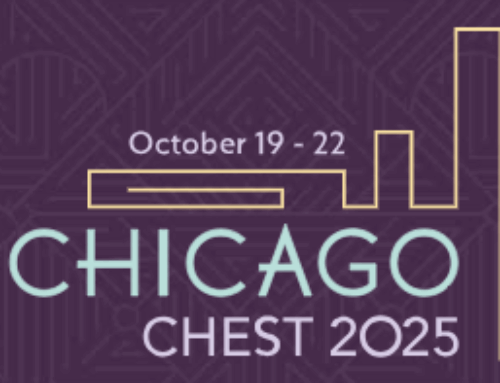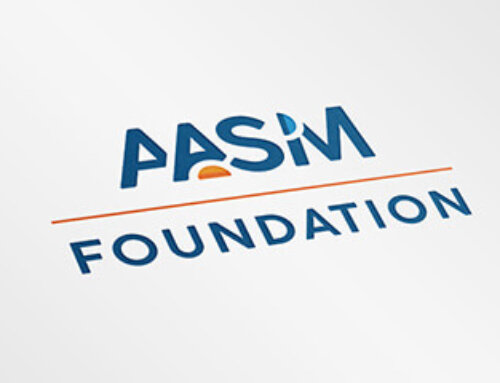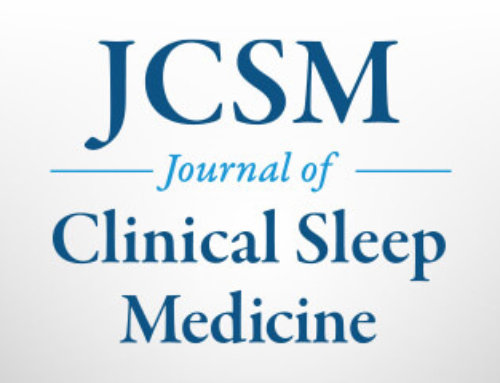EMBARGOED FOR RELEASE: June 9, 2009, at 12:01 a.m.
CONTACT:
Kelly Wagner
(708) 492-0930, ext. 9331
WESTCHESTER, Ill. – A research abstract that will be presented on Tuesday, June 9, at SLEEP 2009, the 23rd Annual Meeting of the Associated Professional Sleep Societies, is the first demonstration of a specific neurochemical abnormality in adults with primary insomnia (PI), providing greater insight to the limited understanding of the condition’s pathology.
Results indicate that gamma-aminobutyric acid (GABA), the most common inhibitory transmitter in the brain, is reduced by nearly 30 percent in individuals who suffer from primary insomnia for more than six months. These findings suggest that primary insomnia is a manifestation of a neurobiological state of hyperarousal, which is present during both waking and sleep at physiological and cognitive levels.
According to principal investigator Dr. John Winkelman of Brigham and Women’s Hospital, at Harvard Medical School in Boston, Mass., the recognition that primary insomnia is associated with a specific neurochemical deficiency helps validate the often misunderstood complaint of insomnia.
“Recognition that insomnia has manifestations in the brain may increase the legitimacy of those who have insomnia and report substantial daytime consequences,” he said. “Insomnia is not just a phenomenon observed at night, but has daytime consequences for energy, concentration and mood.”
The study included 16 non-medicated individuals (eight of whom were women) with PI and 16 individuals (seven women) who were deemed normal sleepers. Global brain GABA levels were measured in both groups. PI was established through clinical interviews, sleep diary, actigraphy use and polysomnograpy.
Winkelman published similar results in the November 1, 2008, issue of the journal SLEEP.
The annual SLEEP meeting brings together an international body of 6,000 leading researchers and clinicians in the field of sleep medicine to present and discuss new findings and medical developments related to sleep and sleep disorders.
More than 1,300 research abstracts will be presented at the SLEEP meeting, a joint venture of the AASM and the Sleep Research Society. The three-and-a-half-day scientific meeting will bring to light new findings that enhance the understanding of the processes of sleep and aid the diagnosis and treatment of sleep disorders such as insomnia, narcolepsy and sleep apnea.
Abstract Title: Reduced brain GABA in primary insomnia: preliminary data from 4T proton magnetic resonance spectroscopy (1H-MRS)
Presentation Date: Tuesday, June 9
Category: Sleep Disorders – Insomnia
Abstract ID: 0768




